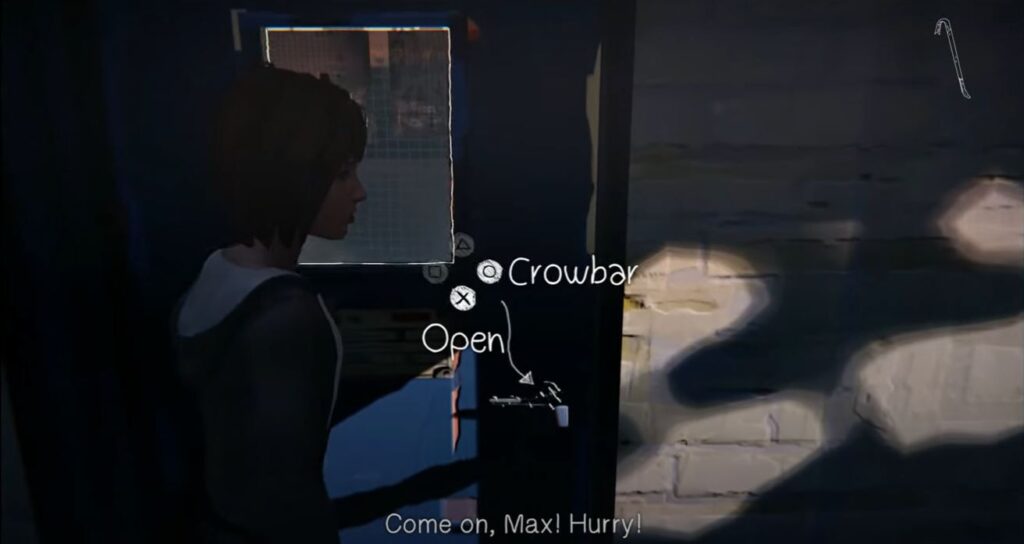The importance of the fictional pact for any multimedia project is well-known in today’s world. The concept of plausibility is not foreign to us: in order to emotionally connect with a story it should comply with that fictional world’s pre-established norms.
What Is the Fictional Pact?
According to Umberto Eco, this pact has six fundamental rules:

- We accept the imaginary world as a new reality.
- Disbelief is suspended and we agree on norms that govern the imaginary world.
- The author and the public pretend that the narrated events actually happened.
- Events will be similar to the real world so that they are coherent.
- If the above does not happen, author-public communication is broken.
- Each genre has its own fictional rules.
For example, what would have happened in the Lord of the Rings series if Frodo suddenly recovered from the ring’s power? Or in The Sixth Sense, if for no reason Malcolm had randomly decided that he was a ghost? Some stories are sometimes on the thin edge of reason; more than once, we’ve been at the dinner table with family or friends discussing the board at the end of Titanic: Could two people have fit on it?
Thus the fictional pact doesn’t just offer us cohesion within our audiovisual experience: it immerses us. We believe in that world and that we can become part of it through our perceptions. We empathize with the characters, enjoy the good moments, and suffer through the bad ones; we laugh, we cry…
Adding Video Games to the Equation
And in video games? Our experience becomes more closely held and three-dimensional. Games have typical audiovisual elements like trailers, design, images, sound, music, etc., but they also have other features like text, menus, playability, mechanics, longitude, cultural/idiomatic localization, and of course, what differentiates them from other creative works: our active participation.

What Are the Classic Audiovisual Features Found in Video Games?
Music is one of immersion’s most important elements; melancholic notes bring us feelings of sadness and tenser notes allow us to feel the terror of an FPS with jump scares. However, it should be noted that video games have a big advantage: music can be adapted to the game environment, and it continues to evolve along these lines.
For example: in the Final Fantasy VII remake, when walking through the Wall Market, the same song changes instruments or tones in accordance with what is happening in that place: a bossa nova-type chill style close to the restaurant, or more rhythmic sounds near the gym. Another example is the recently released Return to Monkey Island, where the music in each scene changes in accordance with the characters’ personalities: the cantina’s song turns into powerful metal chords when we get to the pirate leader trio’s table.
How Trailers Allow Us to Feel Connected to an Upcoming Release
Trailers can show us the same things we’ll see during gameplay, but there are some studios that use other clever methods to get the most out of their trailers.
SuperGiant Games’ roguelite Hades produced an exclusive animation for its launch on Switch that allowed us to get familiar with Zagreus, the main character.
Four Quarters’ infinity RPG Loop Hero does something similar: made in pixelart and with little dialogue, it enables us to get to know what the story will be about through its 80s arcade-style trailer.
The Images and Art in Video Games Tend to Go Hand in Hand with Immersion
It’s not only about respecting the fictional pact of a given time period, which Fallout 3, a story that occurs after a nuclear bomb during the Cold War, does very well: the world has gotten stuck in the beginning of the 1950s, so the music, technology, and fashion coincide perfectly from the artistic point of view.
But this should also happen in other areas, such as design. The more aligned the interface’s UX/UI, the simpler it becomes for us to stay connected to the story. A good example is Sam Barlow’s Her Story. This indie designer tends to put out simple games based on recordings of real actors but does not forget about the context; if we’re investigating from a police station in the 1990s, we can navigate a PC with Windows 95 while seeing our reflections on an aging monitor screen.
There’s Still Much to Cover
These tools are just the tip of the iceberg compared with everything that should be covered during a video game’s development in order to make it immersive. In our next article we will look at a new dimension of plausibility: idiomatic localization and culturalization.



